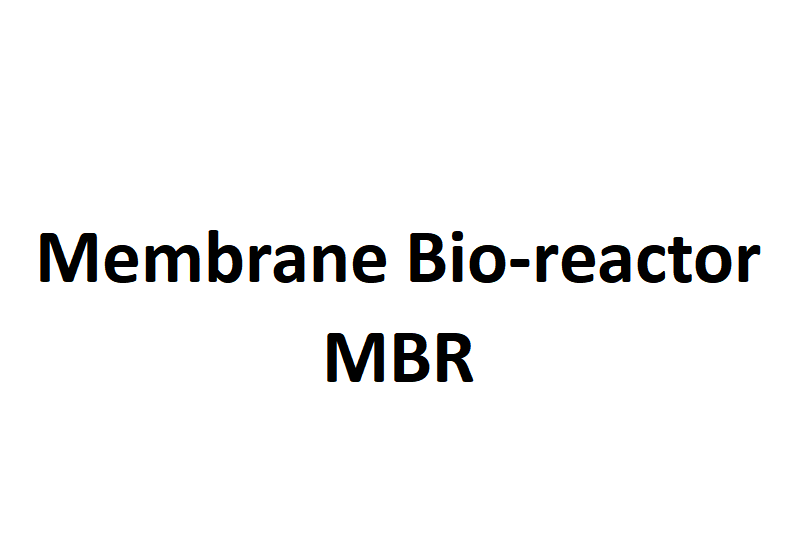Advantages and Operating Principle of MBR
In view of the limitations of the traditional activated sludge method, a high-efficiency sewage treatment process that combines membrane separation and activated sludge method—Membrane Bio-reactor (MBR) came into being. The sludge is completely separated from the water through the high-efficiency separation work of the membrane module, which has an excellent maintenance level of very low solid content in the effluent, and many treated effluents using the MBR process can even be directly reused. It has the effect of cultivating highly active functional bacteria, and the function of isolating SRT brings a powerful and wide processing capacity and range.
Advantages of MBR
MBR has obvious advantages that other individual biochemical processes cannot match:
- The effluent quality is excellent and stable. It is characterized by the high efficiency of solid-liquid separation, and the suspended solids in the effluent can be maintained at a state close to zero for a long time, and it is not affected by factors such as sludge decomposition and sludge expansion in the short term;
- The reactor is more compact, which saves floor space because it can withstand the high organic removal compound brought by the normal operation of high sludge concentration, and does not need a secondary sedimentation tank system.
- It is conducive to the cultivation of aerobic nitrifying bacteria and strengthens the nitrification capacity of the aerobic regional system. It shows that the removal efficiency of ammonia nitrogen is high, and the removal effect is stable for a long time.
- The hydraulic retention time of the reactor and the sludge retention time are completely separated, which makes the operation control more flexible.
Operating Principle of MBR
In practical engineering applications, because the integrated MBR process (submerged MBR - SMBR) is widely used and the industry experience is relatively mature, we use this MBR as an analysis example. The general principle is: after the raw water enters the bioreactor, its organic matter is oxidized and decomposed under the action of its high-concentration mixed activated sludge, and an aeration component is installed under the membrane module, which not only provides enough DO for the mixed liquid microorganisms, but also It promotes full and uniform stirring, and at the same time, due to the agitation of bubbles and the circulating flow formed on the membrane surface, it plays the role of scouring and shearing on the membrane surface, which can effectively prevent the irreversible deposition of pollutants on the membrane surface under non-artificial conditions.
The treated water is extracted by the suction pump (self-priming pump) and separated by the membrane, so that the liquid phase is discharged through the membrane and discharged from the system.
Usually the MBR process has several key principle parameters, namely membrane flux, permeability coefficient, retention rate and concentration polarization.
- Membrane Flux,refers to the amount of substances passing through a unit area of membrane per unit time.
- Permeability Coefficient,refers to the amount of material passing through unit time and unit membrane area, which is simply expressed as: membrane flux under unit pressure conditions, and permeability coefficient is one of the main parameters for evaluating the current performance of membranes.
- Retention Rate.The mixed feed liquid is separated by the membrane in the membrane module pool. The liquid passing through the membrane is called the permeate, and the liquid that is intercepted by the membrane is called the retentate. Rejection is used to characterize the separation performance of the membrane, including apparent/measured rejection (Robs) and true/intrinsic rejection (Ract).
- Concentration Polarization.In actual pressure-driven processes, membrane flux often decreases over time and solute rejection changes, mainly due to concentration polarization and membrane fouling.
Concentration polarization means that, driven by pressure, the solvent in the feed liquid can freely pass through the membrane, while the solute is retained by the membrane, and the solvent flow continuously brings the solute to the membrane surface, so that the solute accumulates on the membrane surface. This leads to the phenomenon of reverse diffusion from the membrane surface to the feed liquid caused by the concentration gradient. After a period of stabilization, when the amount of feed liquid flowing to the membrane surface is equal to the amount of reverse diffusion, a stable state is reached and a stable concentration polarization boundary layer is formed.



